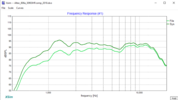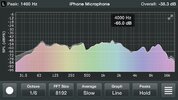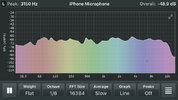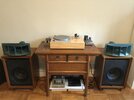Could I also remove the 13R resistor and move the 16 ohm L-pad over in its place (only using terminal 1 and 2) as discussed here: Altec Attenuation Circuit Help
Would this give me the option to adjust the midrange to taste?
Would this give me the option to adjust the midrange to taste?









![image_71690[1].jpg image_71690[1].jpg](https://hifihaven.org/data/attachments/30/30770-7c5b6f48c2bb7cfd5125b2279863bf4f.jpg)